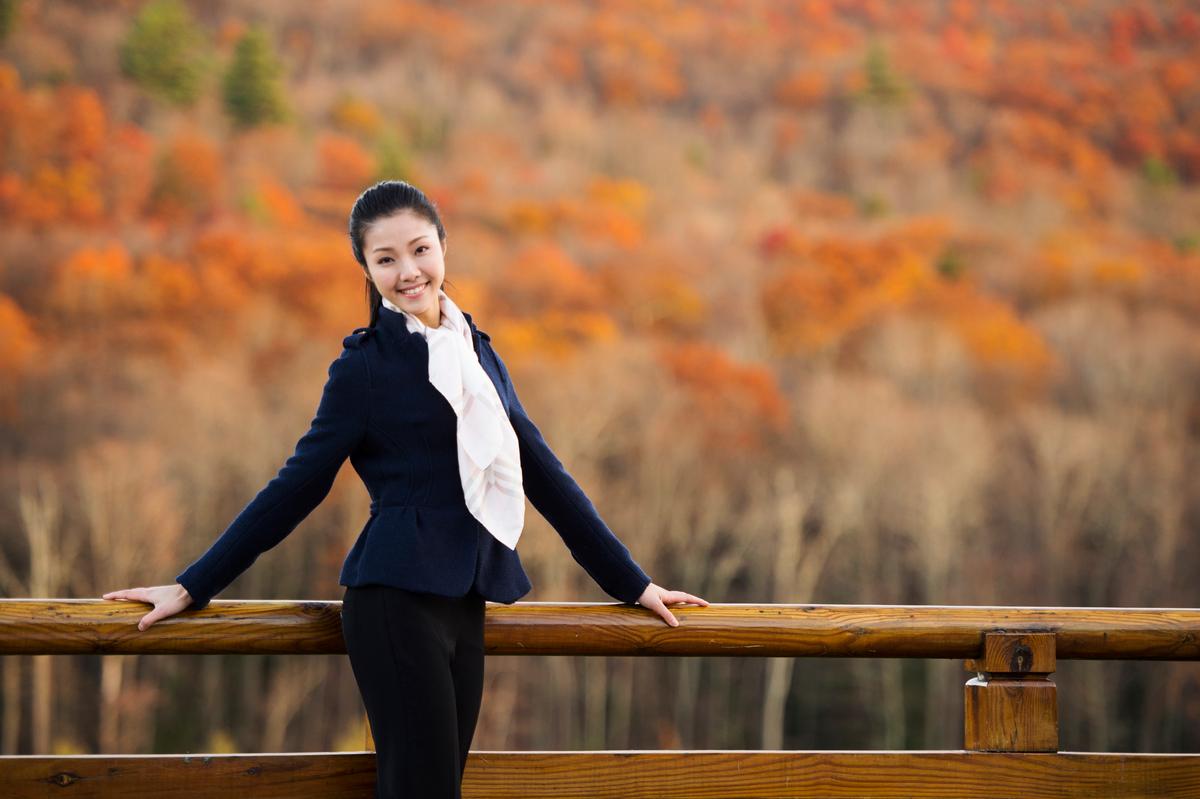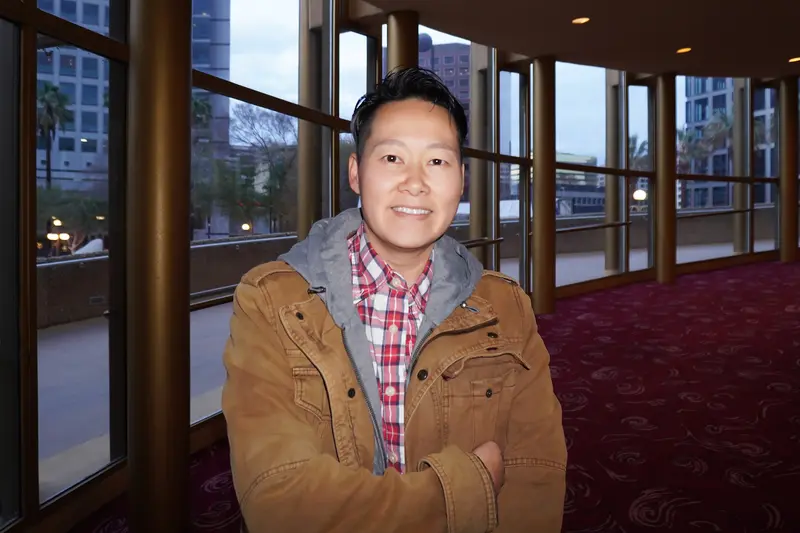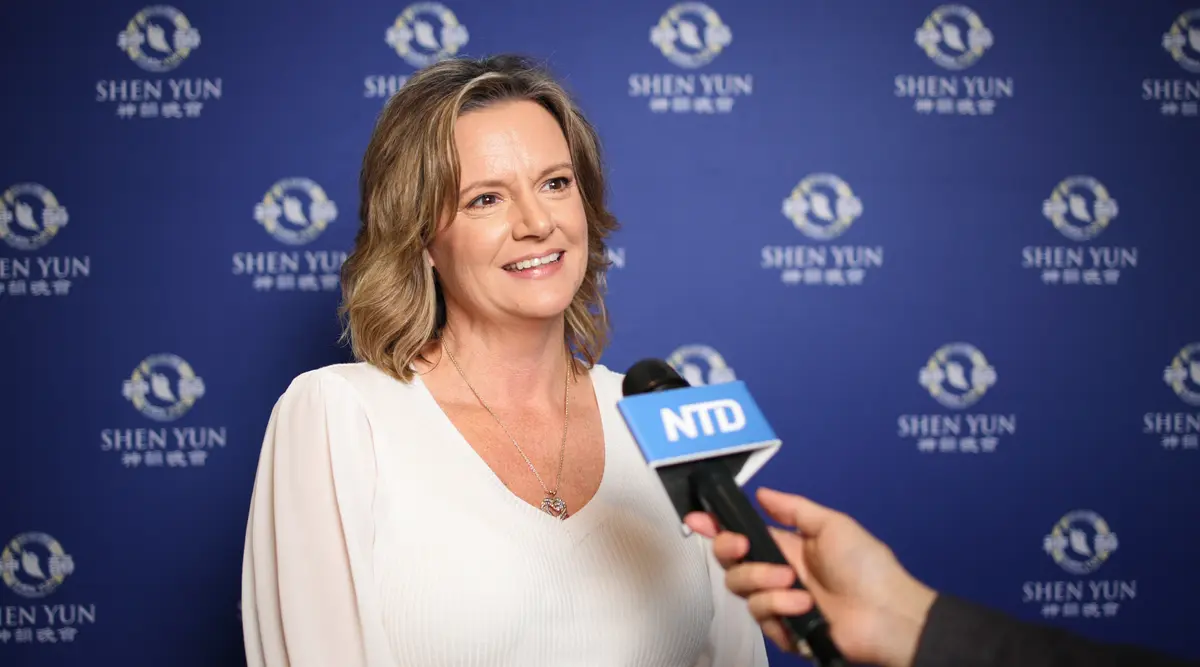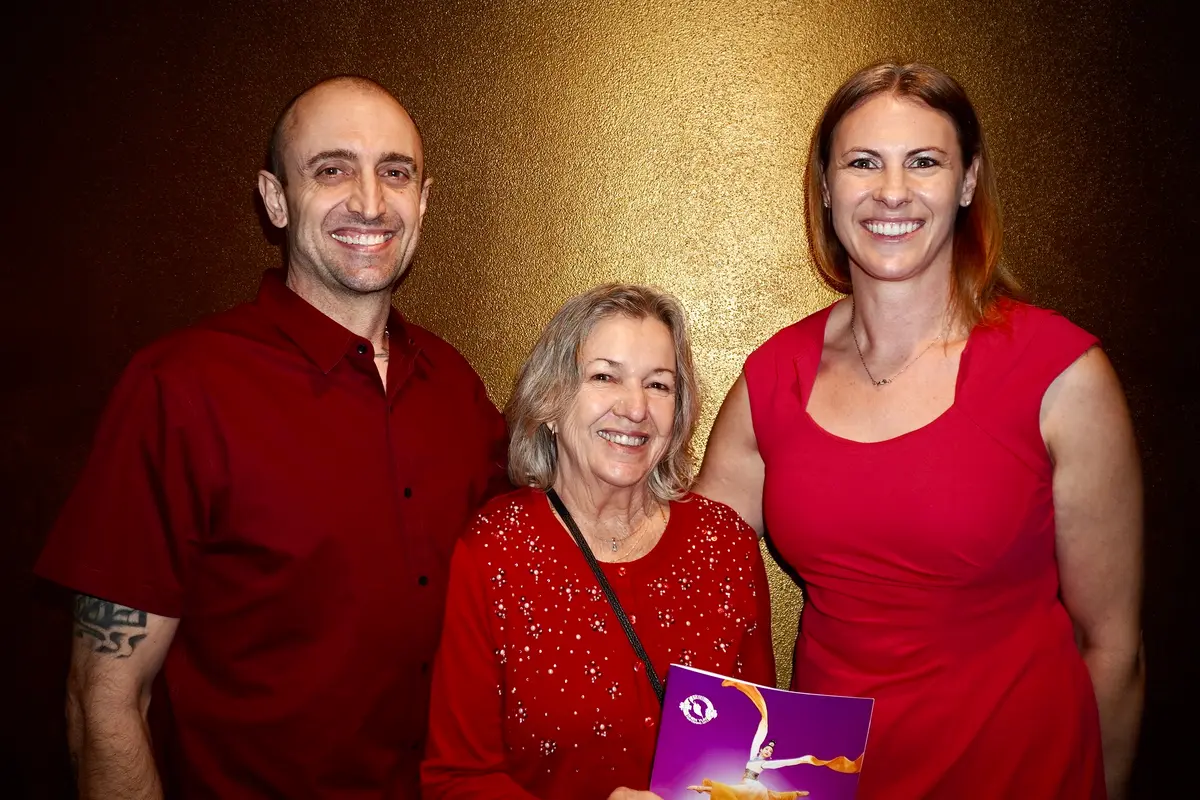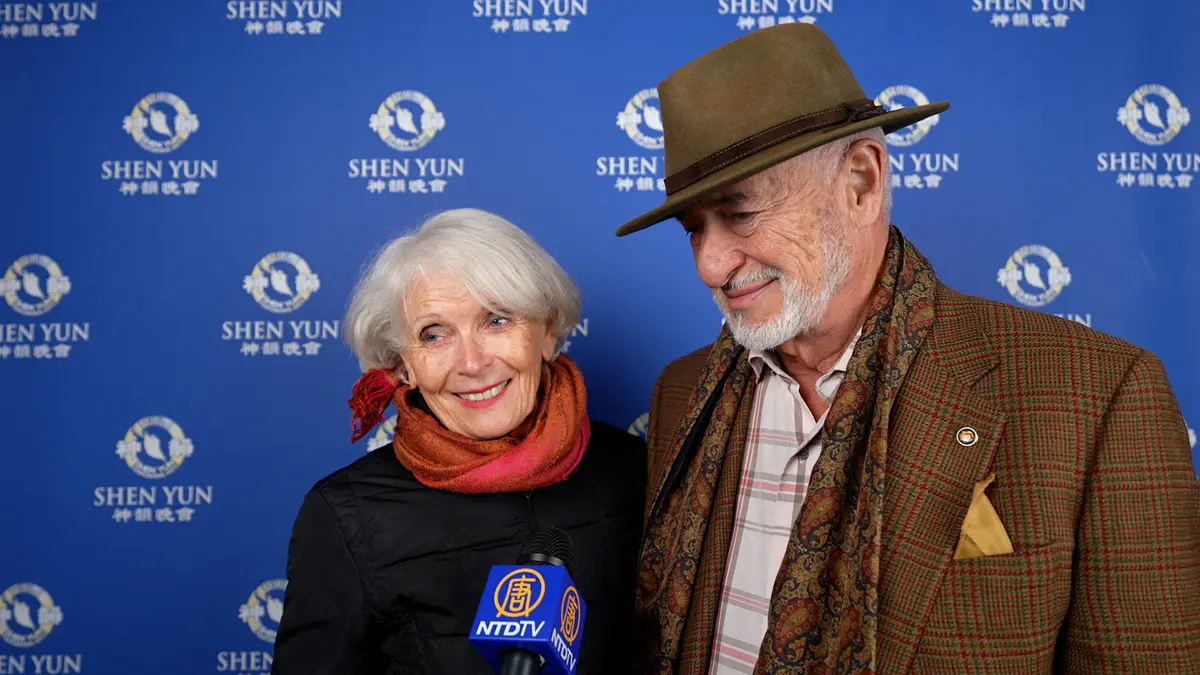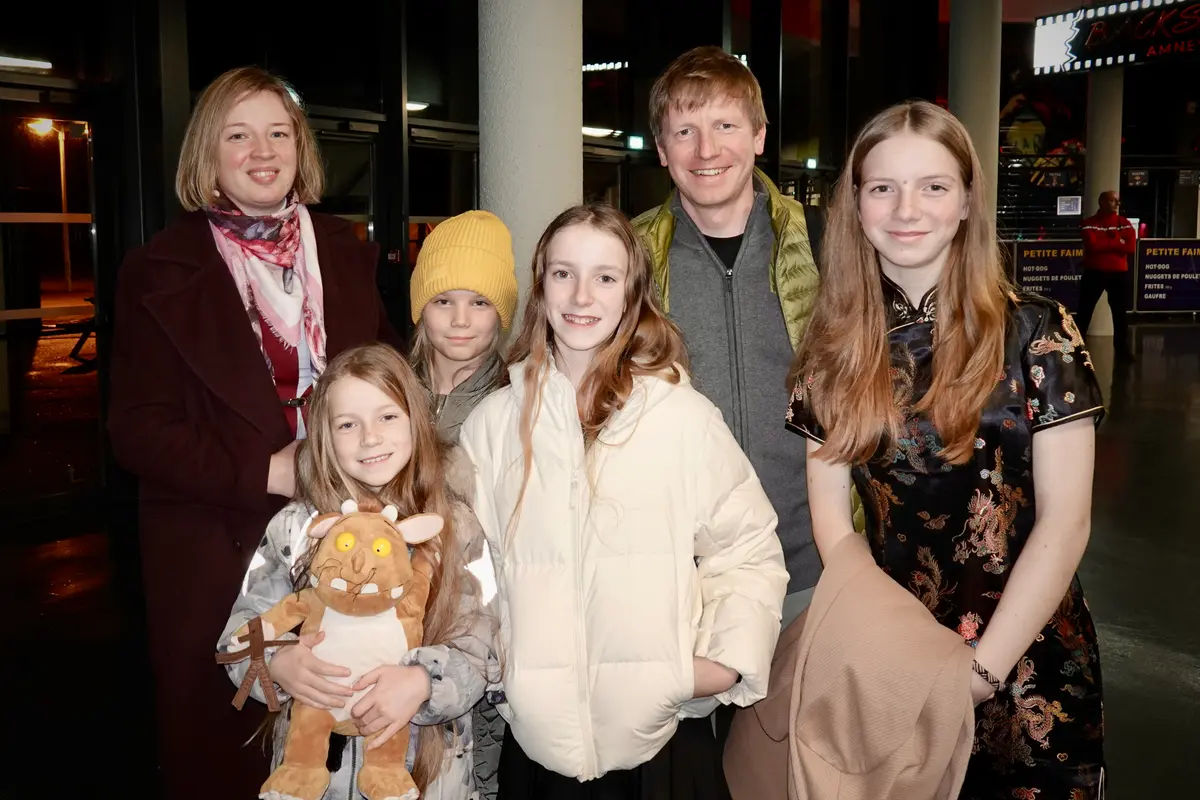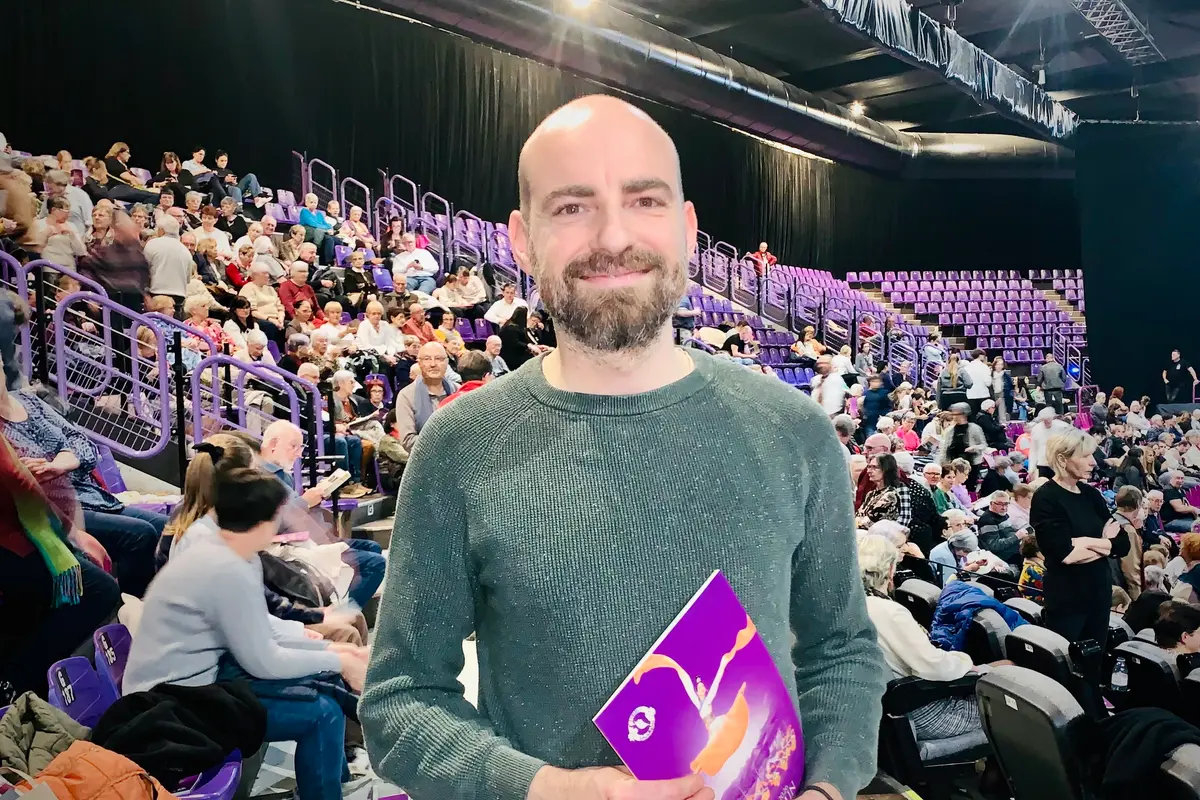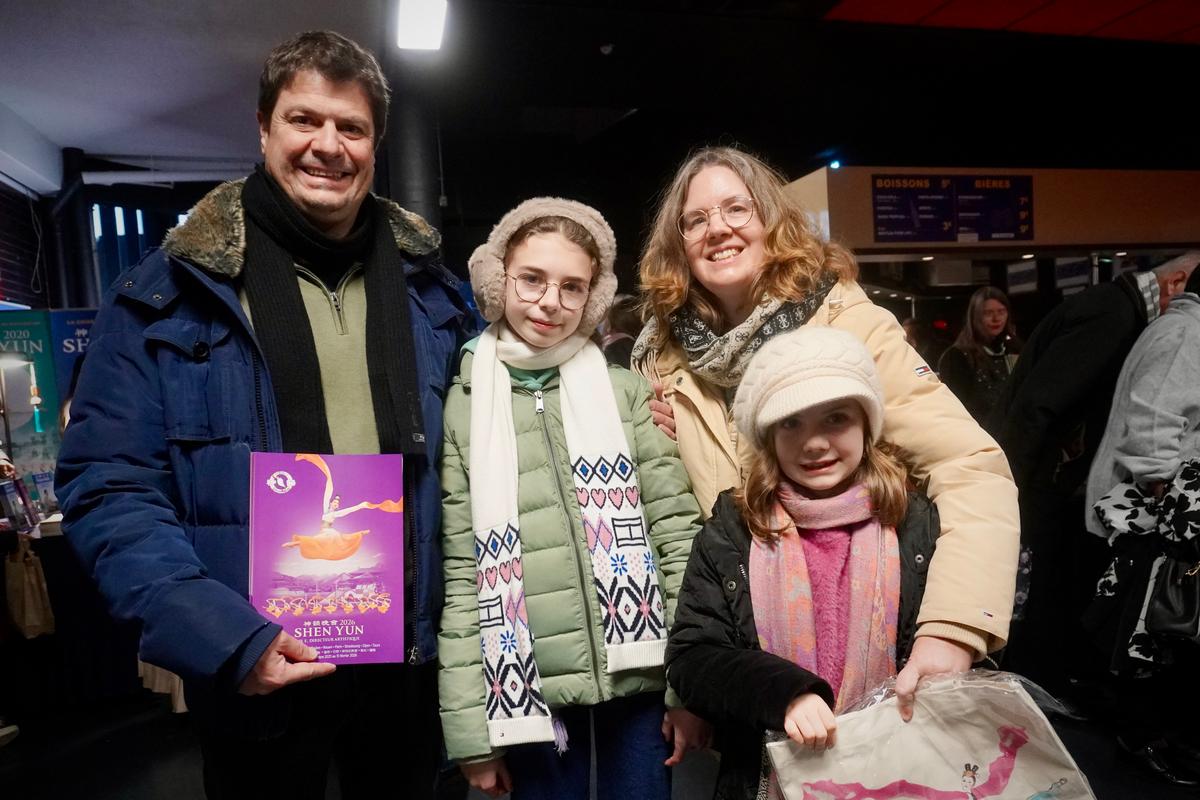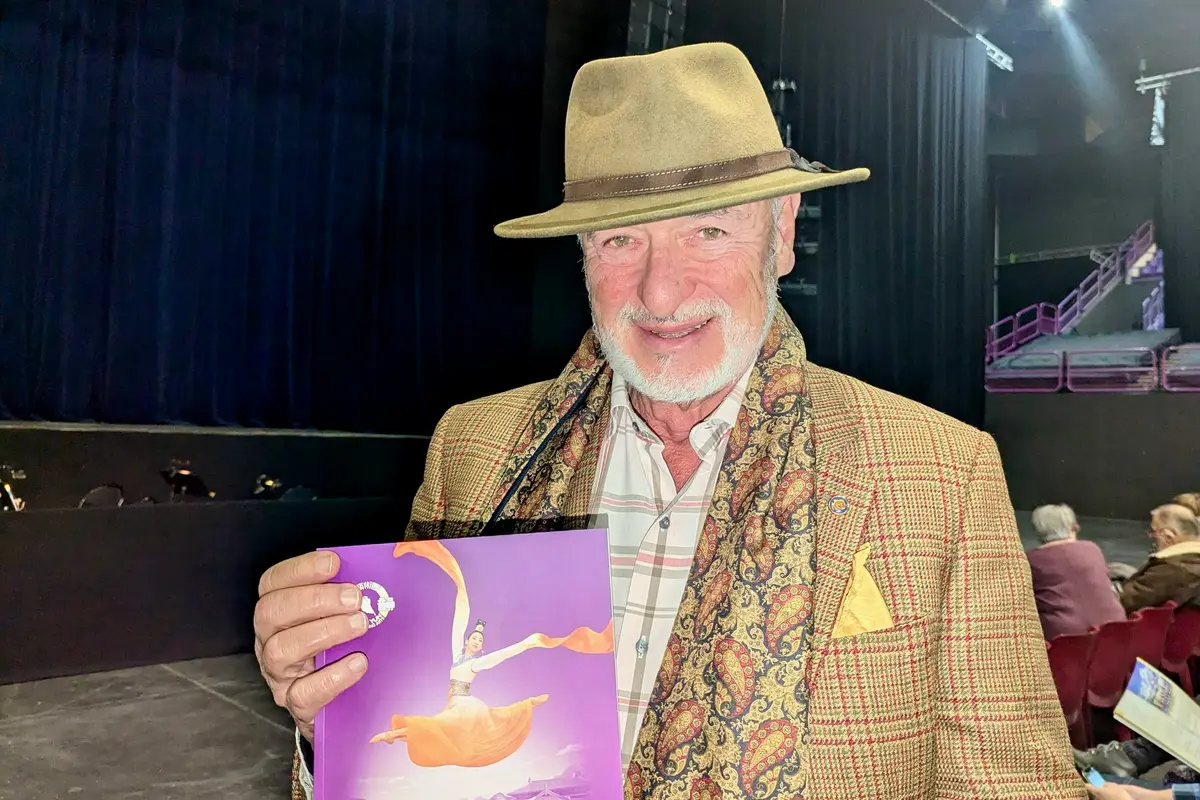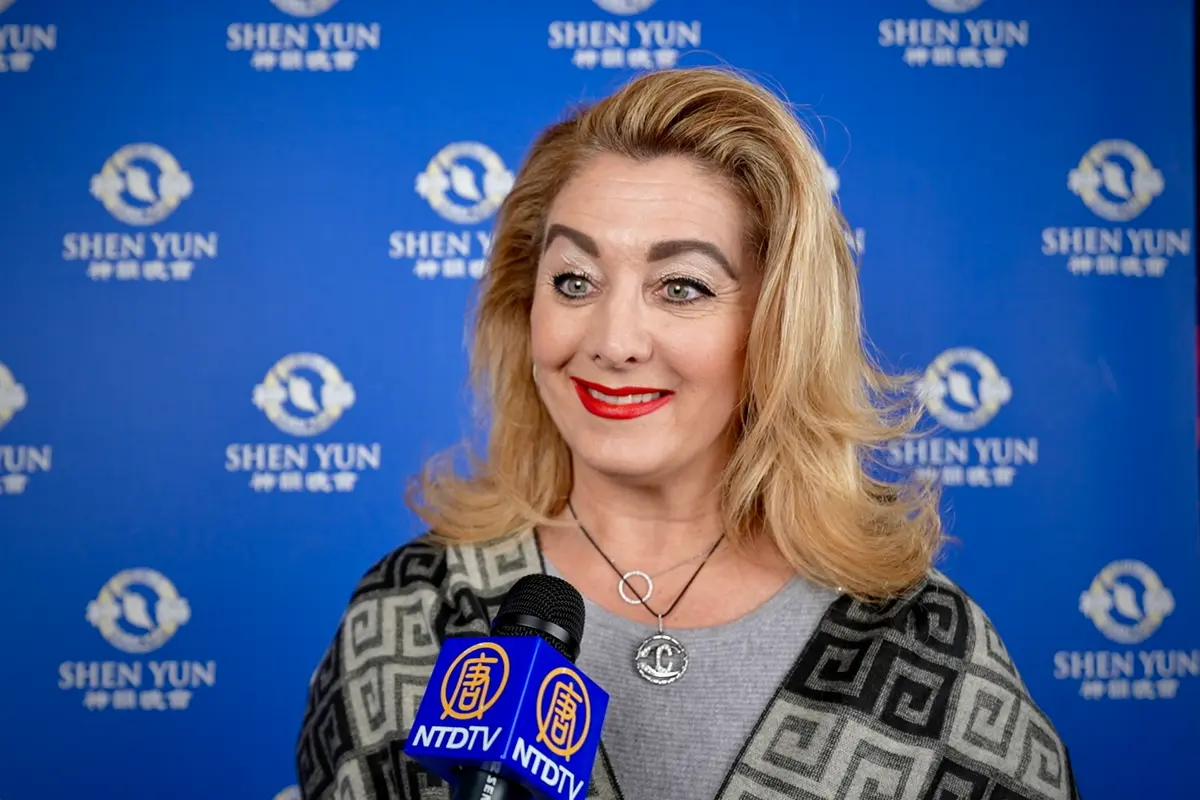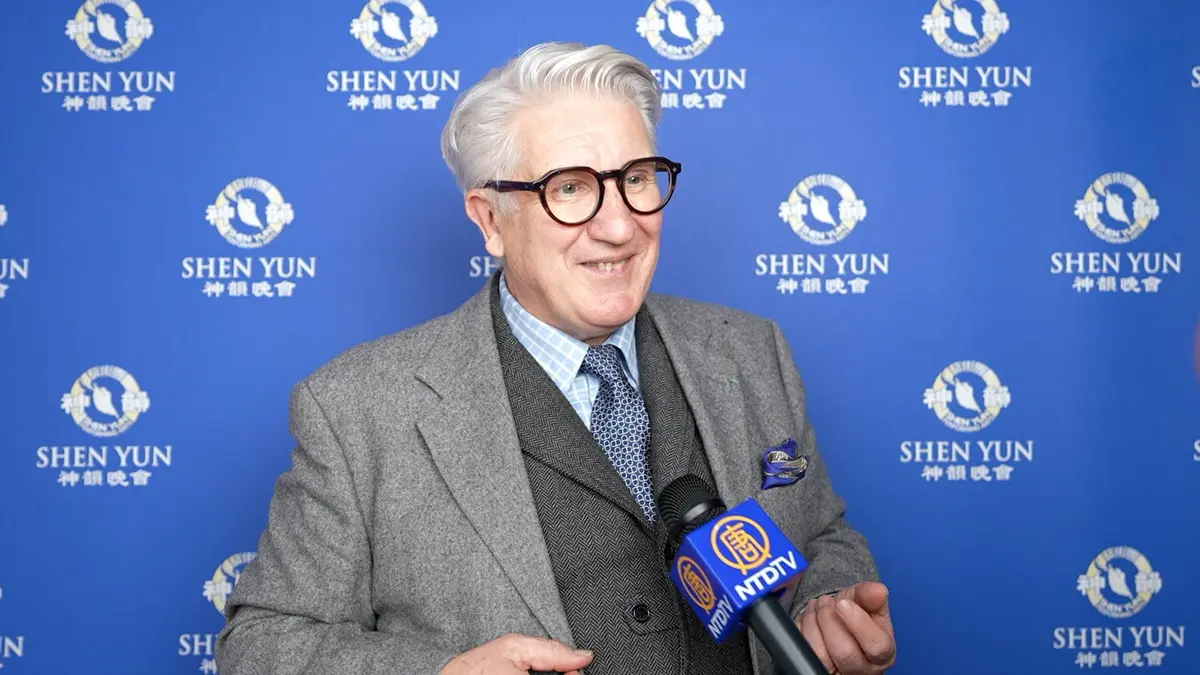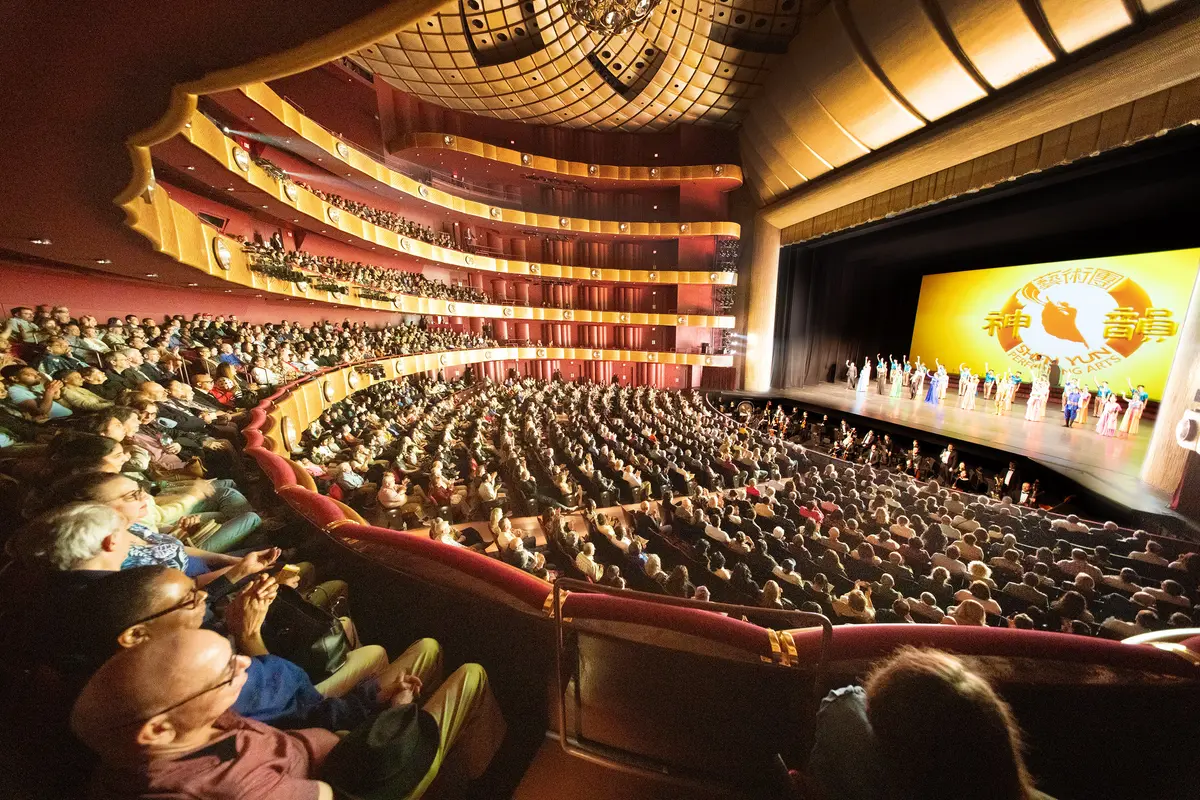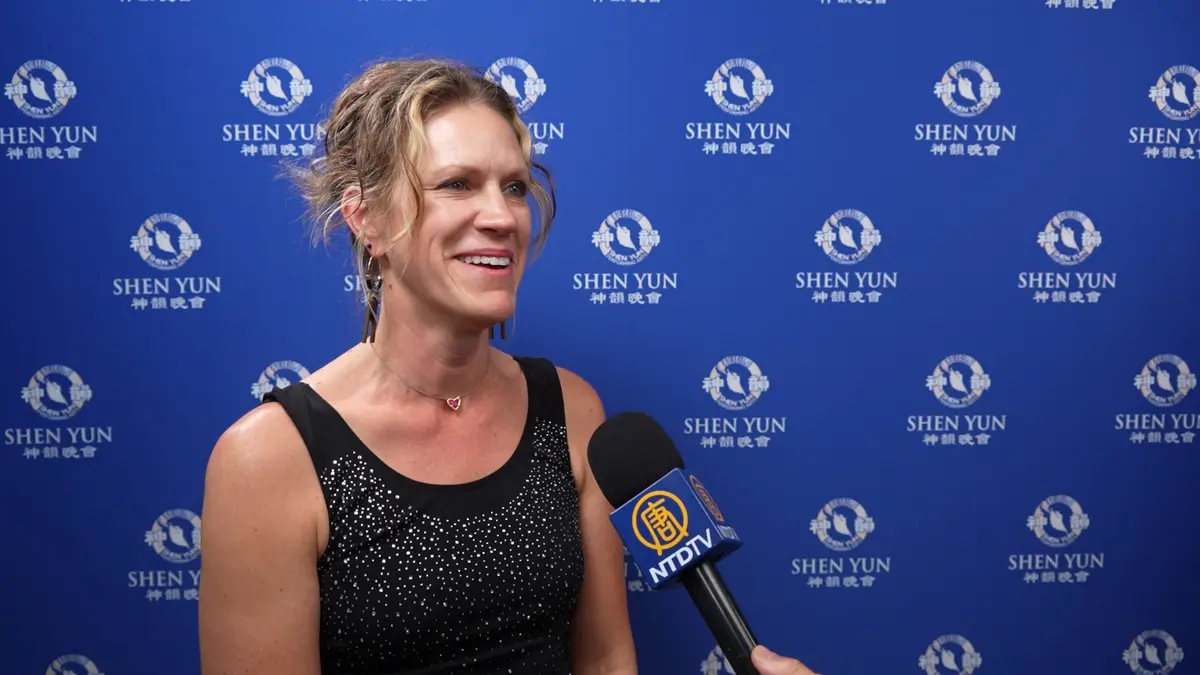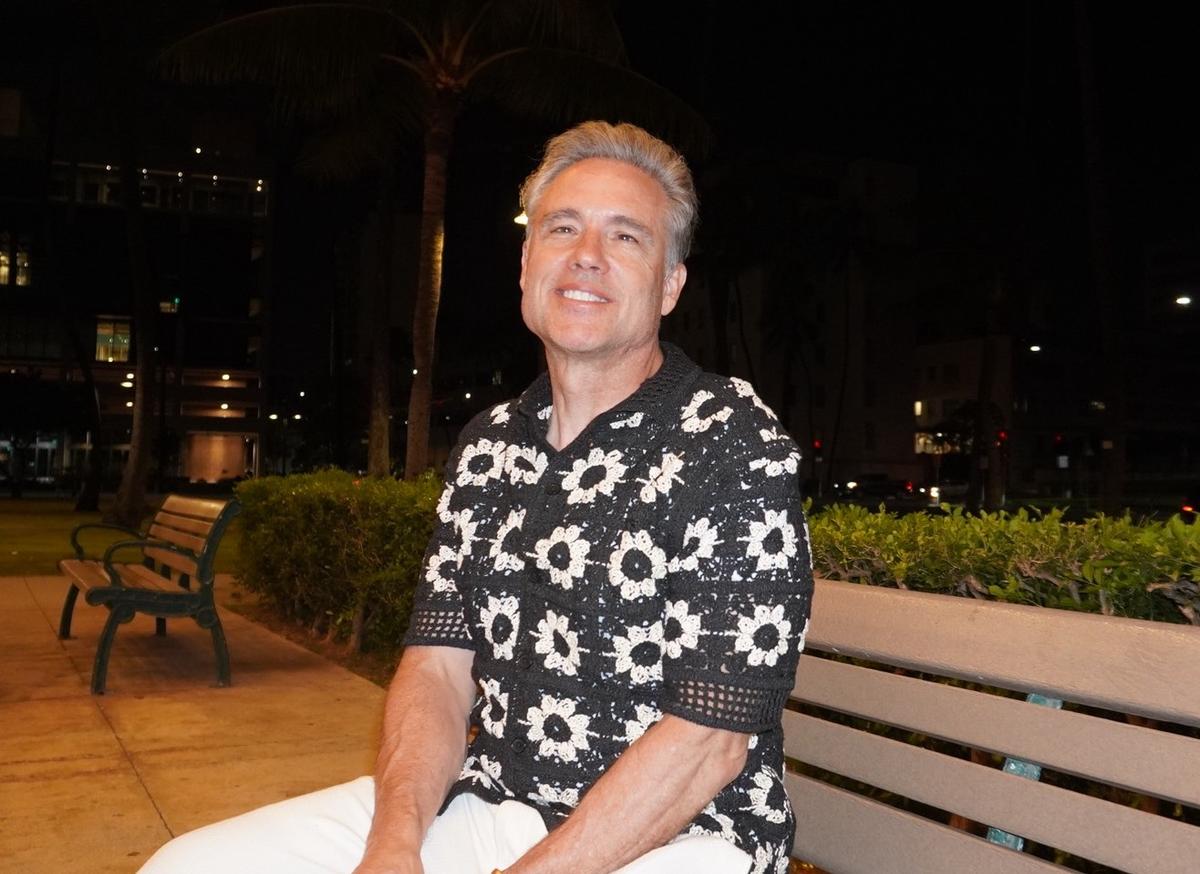With a bright and pure smile, dancer Li Kexin carries a grace you find in the ancient Chinese ladies depicted by classical artists.
But Li, Chinese New Zealander, used to care little for performing arts, dance, or even physical exercise.
It was after Li saw the dancing of Shen Yun Performing Arts that she was captivated by the ancient Chinese art form that could depict heavenly kingdoms, historical exploits, and battles between good and evil with impeccable poise, style, and tradition.
She wanted to become a part of Shen Yun. And so, in 2008, she came to New York to receive systematic training in classical Chinese dance.
Shen Yun was established in 2006 and is based in upstate New York. Putting on hundreds of performances around the world every year in prestigious auditoriums like Lincoln Center, Kennedy Center, and London’s Royal Festival Hall, its stated mission is to support and revive the splendor of China’s 5,000-year heritage.
“I feel that the project they are undertaking is very significant,” Li said. “That’s why I wished to join them.”
Rigorous Training

Prior to joining , Li was enrolled in Fei Tian Academy of the Arts, which trains students in classical Chinese dance at locations in California and New York state.
At the academy’s New York branch, Li learned the intricacies of the art form, which combines both physical and spiritual aspects. In classical Chinese dance, body language is crucial for depicting emotions and meaning without the use of words.
With little prior experience in physical exercises or coordination, Li initially found the flips that are common in classical Chinese dance especially daunting. But with support from teachers and by redoubling her efforts, she remained optimistic and made gradual but diligent progress, one step at a time.
In addition to better physical fitness, Li found that constant dance training had helped her cultivate a more stately bearing. Her posture improved and she saw changes in her character. “I am more forgiving and not as obstinate as I used to be,” she said.
“A dancer’s inner world reflects naturally in her movements. We need to have an upright mindset before we can deliver a positive message to the audience.”

Watching the Ego
The real challenge, Li says, came when she joined Shen Yun Performing Arts to perform with one of its touring companies. Here, the pursuit of excellence was mandatory, down to the smallest gestures, facial expressions, and mastery of eye contact.
Shen Yun performances typically last about two hours. They include about twenty numbers, from pieces depicting the imperial style and character of China’s dynasties, to the regional dances of the country’s rural folk and minority ethnicities. Still others are story-based, telling tales and legends from the ancient past to today.
While confident in her ability to execute dance moves flawlessly, Li found herself less inclined to portray expressions and characters she felt were at odds with her personality.
In one circumstance, Li was assigned to portray a Persian queen in a story-based piece inspired by an episode in the classical novel “Journey to the West.”
At first, Li was concerned about her ability to effectively capture the regal poise requisite to the queen’s character. “It was difficult to act as a queen because I was too young,” she said.

To surmount this obstacle, she paid close attention to her poses, taking on the airs of those portraying the same character in other troupes.
In the dance drama “The Magical Brush,” Li portrayed a negative character who dallied with a hoodlum. Being raised to be modest and reserved, Li found her personality at great odds with the character. She came to the realization that characters playing negative roles are essential foils for the just and righteous protagonists—an understanding that helped her accept the personality needed to fit the assignment.
“In the dance you are not just playing that character—you are the character,” Li said, recalling an instructor’s lesson. “Dancing is a process of constantly letting go of the self.”
The mastery of classical Chinese dance, Li said, also demands the study and understanding of the traditional culture passed down over China’s 5,000-year civilization. What Li missed out on growing up in New Zealand, the academy provided with comprehensive tutoring in classic Chinese literature and ancient moral virtues.
Further strengthening the ethos of Shen Yun and its performers is the meditative discipline of Falun Gong, which is rooted in the Chinese heritage of self-improvement and spiritual cultivation, known in Mandarin as “xiu lian.”
Li, a practitioner of Falun Gong, says that the practice and its moral principles of truthfulness, compassion, and tolerance have aided her in developing a more tranquil and serene inner self—an invaluable asset for seeking perfection onstage.
“I often meditate and reflect on myself,” Li said. “I’m more considerate of others, instead of being absorbed in problems from my own personal standpoint.”

Reviving an Ancient Heritage
While Li has derived much in the way of personal improvement from her study of dance, culture, and meditation practice, she also has higher motivations that push her to excel.
Despite portraying the glories and splendors of China’s ancient past as well as its spiritual and moral depth, Shen Yun Performing Arts is barred from the country by the communist regime.
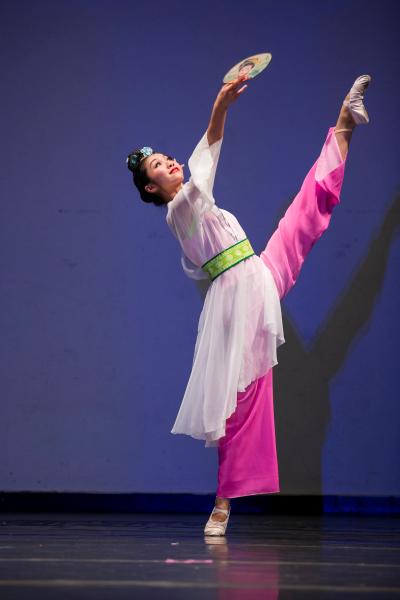
Atheism and historical materialism are enshrined in the official doctrines of the Chinese Communist Party, which has a long history of deliberate persecution of traditional faiths—including Falun Gong—and wholesale destruction of traditional Chinese culture, most notoriously during the 10-year Cultural Revolution launched in 1966.
Disparaging narratives of ancient China’s purported backwardness and a contemporary worship of wealth and status are felt internationally as China asserts itself on the world stage—and tries to push groups like Shen Yun out.
In its 10 years of operation since 2006, Shen Yun and its staff have met with dozens of cases of interference, including direct pressure from Chinese diplomatic officials on theaters around the world. In Hong Kong and South Korea, for instance, Shen Yun has been, on multiple occasions, forbidden to perform, often at the eleventh hour.
Even outside the Chinese regime’s direct coercion, many traditional Chinese art forms have been influenced by China’s current baleful political culture.
Of the dances currently emerging from China, many of which are state-affiliated, Li said: “Although they are performing historical stories, they exhibit the chaotic and dark aspects of human nature. The aesthetic of the dance reinforces the gloomy atmosphere.”
Li, who will compete at this year’s International Classical Chinese Dance Competition, organized by New York-based New Tang Dynasty Television, thinks that traditional Chinese culture comprises universal virtues that can benefit people and nations around the world.
“Classical Chinese dance is the performing art best equipped for expressing the inner feelings of traditional culture and virtue.”

